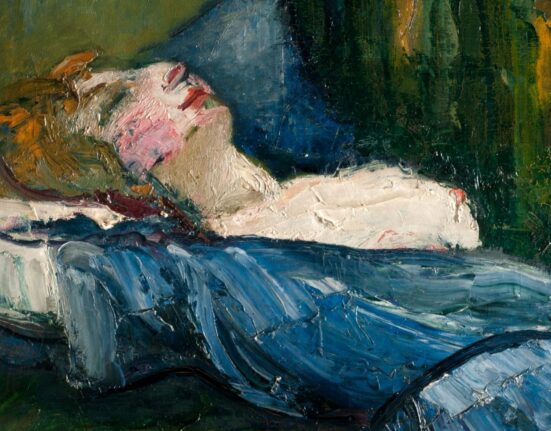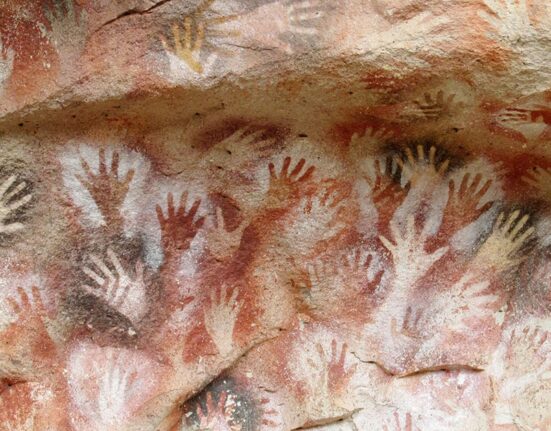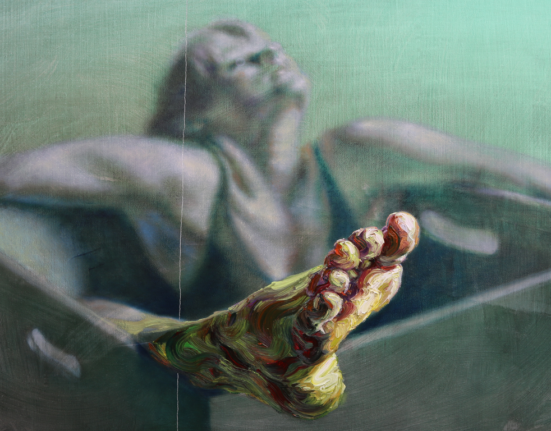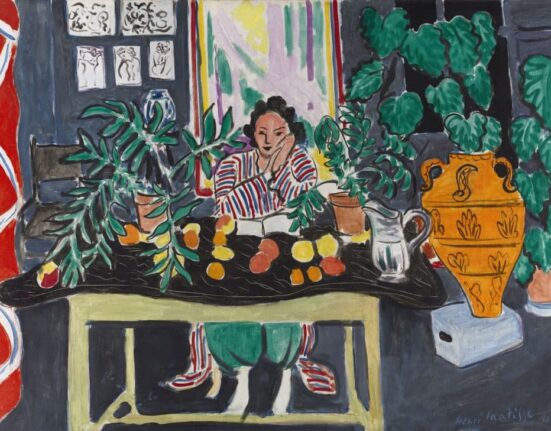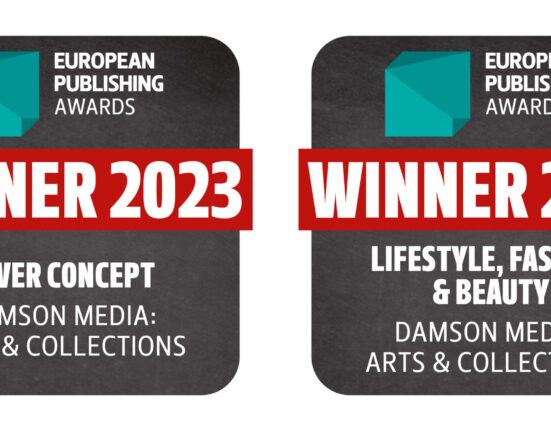So, what was for sale, you may ask? Why, objects to hang, install, suspend, wear, sit on, and eat off, of course. Staring each other down at Antwerp dealers Salomon Lilian’s booth, a pair of oval Peter Paul Rubens portraits of emperors Vitellius and Vespasian were asking six million euros the pair, while at the end of one long hallway a magnificent lacquered screen by Jean Dunand commanded an entire wall, representing only part of a giant mural commissioned for the French cruise ship the Normandie in 1935. Nearby, London dealer Simon Franses manned his own booth, waxing lyrical on the spectacular embroidery of the Pérrone victory banner, a 16th-century tapestry depicting a siege, its irregular shape owing to corner crests cut away during the French revolution. Upstairs, by the TEFAF Paper section, the Dresden State Art Collections unveiled Rembrandt’s 1635 The Abduction of Ganymede, a timely reminder of 2019 as the Year of Rembrandt, fêting the 350-year anniversary of the painter’s death with a series of exhibitions at the Rembrandthuis and Rijksmuseum in Amsterdam and beyond.
Navigating the dynamic space between the unrelenting demand for midcentury pieces and the fair’s traditional trade in brown furniture, design galleries looked outside of the box to show an elegant balance of restrained maximalism and colorful minimalism. Secessionist dealer Yves Macaux dedicated his stand to the ornately floral works of Belgian architect Gustave Serrurier-Bovy, a founder of the Art Nouveau, while Oscar Graf’s mix of decadent Carlo Bugatti seating with gourd-shaped Sèvres porcelain by Taxile Doat also tapped into the Art Nouveau via Arts & Crafts movements. Other French gallerists showed important pieces that were the fruit of artistic pairings: a Charlotte Perriand sideboard built on a Jean Prouvé base (at Galerie Downtown) was one, while a pair of Jean-Michel Frank screens painted by Christian Bérard (at Galerie du Passage) was another. The latter recalled the hybridization of art and design that so marked the 20th century, in the same way examples of flatware by Picasso, Cocteau, and even Josef Hofmann could be seen throughout the fair.
In the more contemporary sphere, clear efforts were made to link new works with the patrimony of the fair’s true masterpieces, like in the case of Barry X Ball’s suite of neoclassical sculptures at Fergus McCaffrey in colored onyx, marble, and sodalite that depicted famous allegorical statuary from throughout the ages. At Jason Jacques, Shari Mendelson’s ornate urns and delicate sphinx confused even the vetting committee, their ironic relationship to Classical craft revealed in their compositions of recycled plastics and hot glue (one even displayed a barcode). New exhibitor Kamel Mennour centered his offering around the weighty concerns of marble, too, showing a series of striped wall hangings by Daniel Buren and massive sculptures by Anish Kapoor and James Lee Byars that exemplified the evolution of old artisanship into contemporary art practices. In light of an aging clientele, it will be displays like these that help TEFAF evolve and attract a youthful client base tired of real estate and fast cars into this veritable cave of wonders.
TEFAF Maastricht 2019 is open through March 24, 2019.
More from AD PRO: Has Instagram Made Design Shows Better?
Sign up for the AD PRO newsletter for all the design news you need to know

